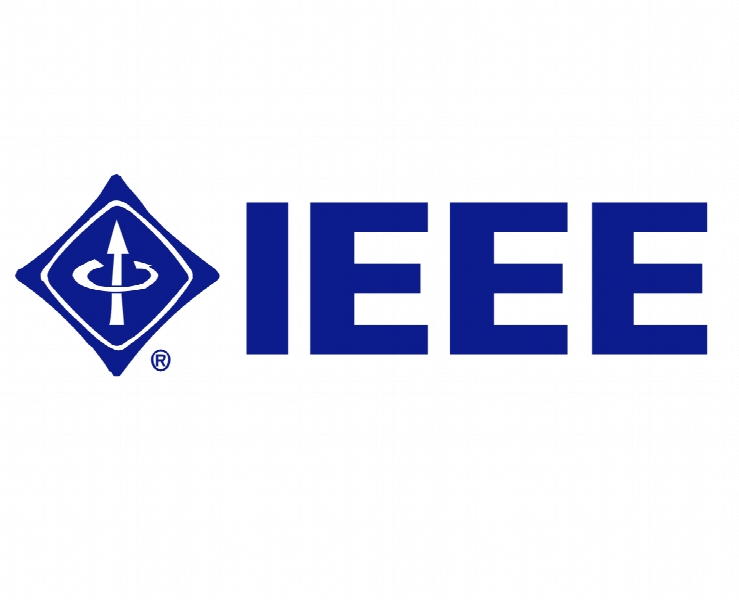تجسم شهرهای هوشمندتر آینده: بررسی مطالعاتی اصولی و مطالعات میدانی Depicting the Smarter Cities of the Future: A Systematic Literature Review & Field Study
- نوع فایل : کتاب
- زبان : انگلیسی
- ناشر : IEEE
- چاپ و سال / کشور: 2018
توضیحات
رشته های مرتبط مهندسی شهرسازی، معماری، فناوری اطلاعات
گرایش های مرتبط طراحی شهری
مجله سمپوزیوم شهر هوشمند پراگ – Smart City Symposium Prague – SCSP
دانشگاه University of Twente – Enschede – The Netherlands
منتشر شده در نشریه IEEE
کلمات کلیدی انگلیسی Challenges, Qualitative Interview, Requirements Framework, Smart Cities, Systematic Literature Review
گرایش های مرتبط طراحی شهری
مجله سمپوزیوم شهر هوشمند پراگ – Smart City Symposium Prague – SCSP
دانشگاه University of Twente – Enschede – The Netherlands
منتشر شده در نشریه IEEE
کلمات کلیدی انگلیسی Challenges, Qualitative Interview, Requirements Framework, Smart Cities, Systematic Literature Review
Description
I. INTRODUCTION In the past decade, the notion of developing Smart Cities has accumulated more interest of stakeholders from different backgrounds, among them are academia and businesses [29]. As discussed by Kitchen [33], information systems play a vital role in the development of infrastructure enhancing technologies. The ‘Internet of Things’ and other ICT advancements provide an extensive backlog for opportunities to introduce new IT applications into the fabric of the city’s Submitted on April 29th for review This work was supported by the department of Electrical Engineering, Applied Mathematics and Computer Science of the University of Twente. T. Raaijen is a master student Business Information Technology at the University of Twente, Enschede, 7500 AE The Netherlands (e-mail: t.raaijen@alumnus.utwente.nl). M. Daneva is with the University of Twente, Enschede, 7500 AE The Netherlands. (e-mail: m.daneva@utwente.nl). infrastructure [68]. Governments and businesses around the globe have already jumped on the developing of Smart Cities `Bandwagon’ by introducing information systems into the fabric of their cities [34, 44]. These applications serve to enhance the city’s economy, mobility, environment, human resources, quality of living and governance [27, 68, 70]. The key pillar to achieve these city advancements is the access to reliable data [1], to improve city-wide efficiency by i) monitoring, ii) managing and iii) regulating the city’s infrastructure [33]. Other governments and businesses have built Smart Cities even from scratch [10, 23]. However, the question still remains whether these `greenfield’ cities are the smartest alternative for governments and businesses to focus on [53]. This paper contributes to the topic of Smart Cities by developing a requirements framework which helps policymakers and governments to determine whether their envisioned Smart City initiatives are viable and enhancing the city’s infrastructure. This paper also contributes to the definition of Smart Cities. Governments, businesses and academia can identify challenges of developing Smart City solutions when considering their own demands of Smart Cities by reading this paper. For this purpose, challenges encountered during the development of Smart City solutions and are identified in published work between the years of 2008 and 2016 are framed in this paper.


